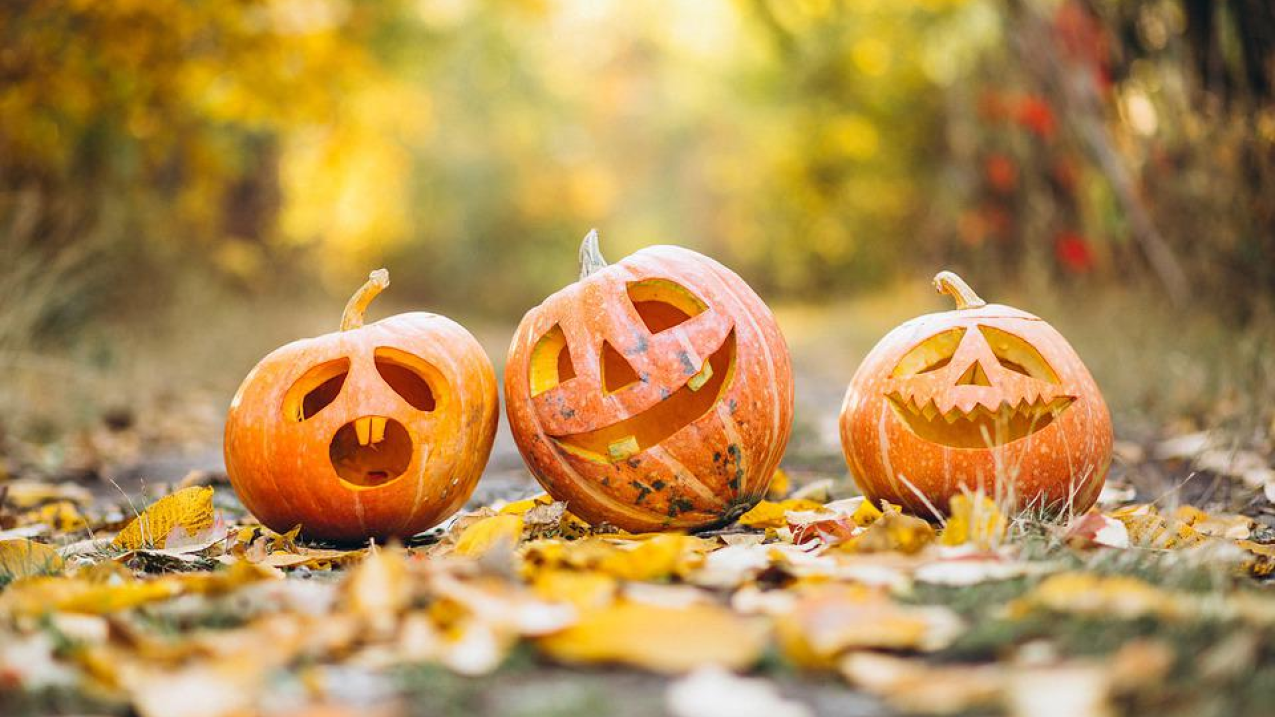The spooky impact of climate change on Halloween
At first glance, you may read that headline and think, “Okay NOAA, how can climate change possibly have an impact on Halloween?” Well, the truth is that it does on quite a few levels. Some are pretty obvious when we stop and think about them.
You’ve probably chatted with your friends and family about how, “The weather just isn’t the same as it used to be! When I was a kid we had to trick-or-treat in the snow, now it just rains or is hot!”, or some variation. Well, you are right and that is climate change. These seasonal shifts are a great, easily observed example of the influence of climate change.
But, what we may not notice as easily are some of the more subtle economic impacts on a holiday like Halloween. Let’s take a look at two staples of All Hallows Eve, pumpkins and chocolate.
Pumpkins
Remember the pumpkin shortage of 2015? That year Morton, Illinois, “The Pumpkin Capital of The World”, experienced much higher than normal rainfall during the critical time frame for growing pumpkins. This led to several disease, rot, and fungus-related issues, and Libby’s Pumpkin which supplies 85 percent of the world’s canned pumpkin products projected as much as a 50% decrease in that year’s yields. It was not an easy or cheap year to make jack-o-lanterns or pumpkin pies.
Fast forward to 2024, however, and conditions have swung the other way. The same region in Illinois started out a little wetter than normal but dried out in time to see an average to above-average crop in most areas. offsite link This year is looking to be a little better for the Great Pumpkin!
Chocolate
Chocolate has also been impacted by climate change in similar ways. According to information from the UN Conference on Trade and Development, climate change has driven chocolate prices up by as much as 136%. offsite link This can be attributed to a few measurable reasons but there are two main ones.
The first is something called the swollen shoot virus. This virus is transmitted by the mealybug which has begun to thrive in the new, more hospitable warmer, and wetter climate found in Ghana and Cote d’Ivoire which produce nearly 58% of the world’s cocoa. It is estimated that over 200 million trees have been killed by this virus and the number is only growing and will continue to drive prices up.
The second cause is black pod disease. This is a fungal disease caused by excessive moisture and heat. It typically only affects the bean pod, leading up to a third of the yield loss but it can contribute to as much as 10% loss of trees annually.
Putting it all together
From shifting weather patterns to the cost and availability of Halloween staples like pumpkins and chocolate candy, climate change has a real and noticeable impact on our daily lives. It is only by taking the time to fully understand these impacts and our role in them that we can make a difference. That is the goal of NOAA’s Climate-Ready Nation initiative.
So, as you carve your pumpkins and indulge in chocolate treats this Halloween, take a moment to consider the broader implications of these traditions. They are not just part of our celebrations; they reflect the changing world around us.

